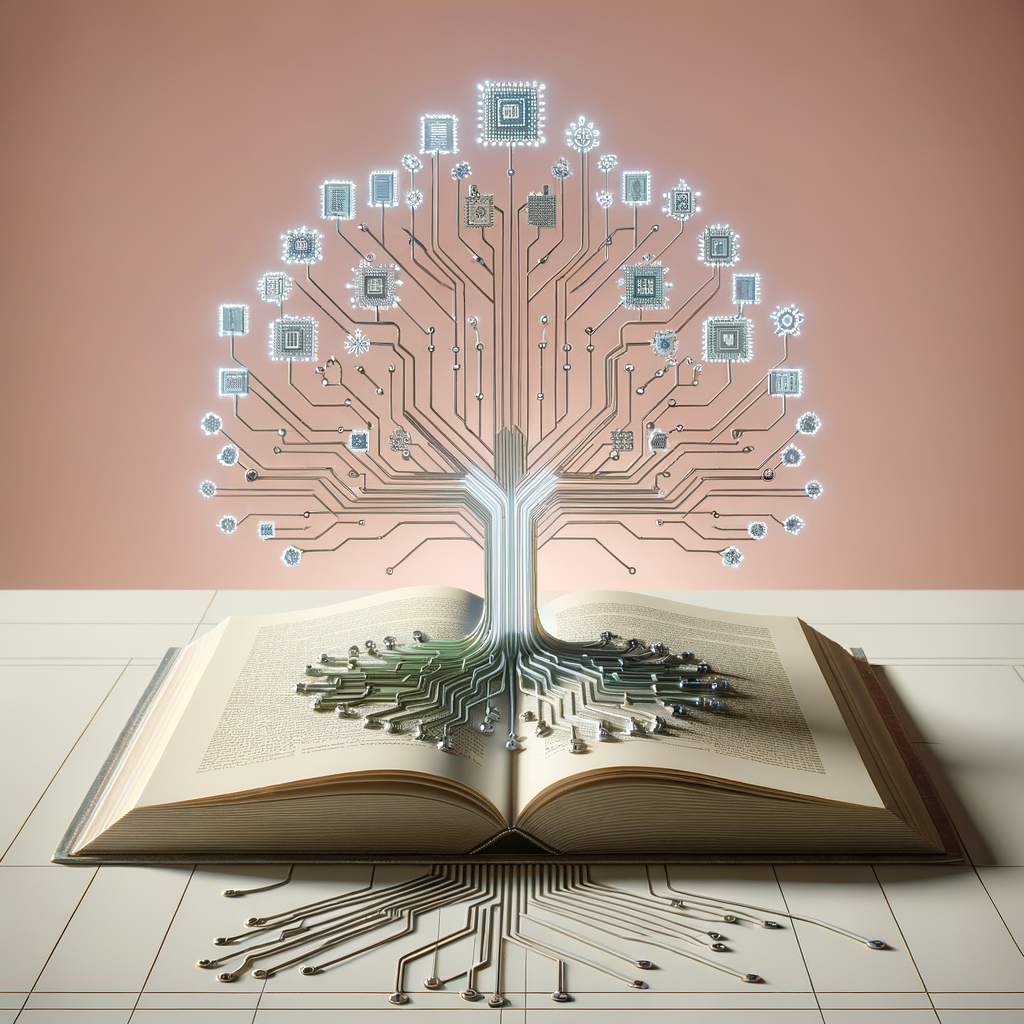
AI Innovation: Crafting Tomorrow's Education with Machine Learning
Delve into how AI and machine learning are transforming the landscape of education. Discover innovative tools and methodologies reshaping learning experiences and outcomes.
AI Innovation: Crafting Tomorrow's Education with Machine Learning
Introduction
In today's rapidly evolving technological landscape, Artificial Intelligence (AI) and Machine Learning (ML) are playing pivotal roles in reshaping various sectors, including education. The traditional classroom is being transformed into a dynamic, interactive, and personalized learning environment, thanks to these technological advancements. This blog post explores how AI and ML are driving innovation in education, enhancing learning experiences, and paving the way for more effective teaching methodologies.
The Role of AI in Education
1. Personalized Learning Experiences
AI-powered systems can analyze vast amounts of data to understand individual students' learning patterns. This enables the development of personalized learning paths tailored to each student's needs, preferences, and pace. For instance, adaptive learning platforms use AI algorithms to adjust content and assessment based on the learner's progress and performance.
2. Intelligent Tutoring Systems
Intelligent Tutoring Systems (ITS) utilize AI to provide students with immediate and personalized feedback on their learning activities. These systems simulate a one-on-one tutoring experience, offering real-time assistance and guidance, thus augmenting the teacher's role in a traditional classroom setting.
3. Automating Administrative Tasks
AI can automate mundane administrative tasks such as grading, scheduling, and record-keeping. By minimizing administrative workload, educators can focus more on delivering quality teaching and interaction with students.
Machine Learning in Education
1. Predictive Analytics
Machine Learning algorithms can predict student performance, identify at-risk students, and recommend interventions to improve learning outcomes. By analyzing historical data, educational institutions can make data-driven decisions to enhance their educational offerings.
2. Enhancing Student Engagement
Machine Learning models can analyze how students interact with educational content, providing insights into engagement levels. These insights can be used to refine educational material, ensuring it captures and retains the students' attention effectively.
3. Virtual and Augmented Reality
When combined with ML, virtual and augmented reality technologies can create immersive learning environments. These environments provide hands-on experiences and simulations, which can be particularly beneficial for subjects like science, engineering, and medicine.
Challenges and Considerations
While AI and ML offer numerous benefits in educational settings, they also pose challenges related to privacy, data security, and the need for ongoing technological training for educators. It is crucial to address these concerns to ensure responsible and ethical use of AI-driven educational technologies.
The Future of AI in Education
The potential of AI and ML in education is vast. As these technologies continue to evolve, we can expect more sophisticated educational tools and systems, further blurring the lines between traditional and digital learning experiences.
Conclusion
AI and Machine Learning are undoubtedly catalysts for change in the education sector. By embracing these technologies, educators can offer more personalized, efficient, and engaging learning experiences. As we look to the future, it will be imperative for educational institutions to integrate AI responsibly and effectively, preparing students for a world that increasingly relies on technology.